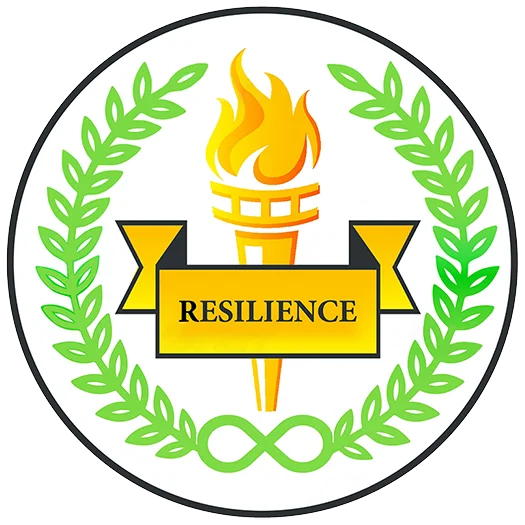Have you ever helped an old woman cross the street, or opened doors for senior citizens? Why were you compelled to do this? Most people would answer one of two ways. Either that they do so from the directive that it was a moral imperative to always assist your elders when you can. Or, that they should do so in a professional capacity. While both reasons are laudable, nevertheless, these are not necessarily the reasons someone that has been taught social-emotional learning would provide. Why is this so? When one learns SEL, we understand that by rigorously exercising our emotional development on a daily basis; all our social-emotional learning then further moves beyond our prior limitations. Then, can we not say the same regarding our elders? That is, once we drop the assumption that because they have been alive on this planet far longer than ourselves, that they do not also stand to benefit from learning more emotional development all the same. In addition, we need to ask ourselves going forward with the inclusion of the disabled elderly, most of whom are unfairly first characterized by their intrinsic vulnerability rather than as a still-developing human being first and foremost. More to this case, we have to now ask the quintessential question: does this stem objectively from their physical limitations or more so imposed on them by social arrangements?
As easy as it would be to simply give moral reasons for why social-emotional learning
improves our overall society. I think more practical reasons for its use will suffice. Namely, it is used as an antidote against the misconception that our elder population are static;
demonstratively showing how seniors can and will socially enrich their communities when
taught SEL too. When you look at basic neuroscience, the old in several cases can learn
more and be more active than even the young. Plus, the stimulation is very necessary in
order to steel their minds in maintaining a rich, “cognitive reserve.” To be exact, this
process is what neuroscientists call neuro-plasticity. It used to be thought that the mind’s
ability to readjust is one preferentially set to work more in the young, rather than in elders. Only fairly recently it has been shown that older people can become as, if not more than in
younger people. Hence, a key part of SEL requires us to be more inclusive to seniors. A prerequisite to that process is to jettison our preconceived prejudices towards seniors. This
is especially true when one avoids the hydra of identity politics. It leads us onto the dangerous byways of stressing only the things which separate us from one another. Which, as can easily be surmised, devolves quickly into outright tribalism.
In this pursuit, I deem it crucial to the process to incorporate the understanding first brought to light, then formalized by sociologist Micheal Oliver. Within the framework of
his, ‘social model of disability’, people are far more disabled by the preconceptions of society, rather than as much by their bodies. In other words, social and environmental barriers cause the majority of problems that arise from different forms of embodiment. To enrich our senior citizens with a fully inclusive SEL curriculum, we must first remove such mental barriers. Of further note, in light of this insight, many people now find it more helpful to speak of these conditions as ‘pyschosocial disability’. Why? In following the model, we can begin to eliminate superficial barriers largely imposed onto us by social precedent, rather than intrinsic conditions.
At this point, you might be tempted to just say that to be human is to be embodied. But, I do not think SEL would instill this constant sense of fragility. As William Shakespeare wrote in King Lear, ‘unaccommodated man is no more but such a poor, bare, forked animal as thou art.’ Further adding to that in Hamlet as referring to it as ‘the thousand natural shocks / that flesh is heir to.’ Which, appears in sharp contrast to the assurances of Descartes who wrote ‘I think therefore I am’, signaling that we can find a clear division which exists between the mind-soul with that of the wet-machine of the body. While human cognition does indeed separate us from animals, ultimately human physicality means we are no less susceptible to the wages of physical duress and mental neglect than any other carbon-based lifeform. Hence, we would be more on the mark to say ‘I hurt, therefore I am’ or ‘I gradually lose abilities, therefore I am.’ All and all, once were cognized of the urgent need to integrate our seniors into SEL, we come to fully recognize seniors as vital learners in our society. We may even one day advance our society beyond the current thresholds in providing more able inspired senior citizens. That is, only once we free ourselves from the crippling prejudices of ageism which is conveniently wrapped in the deceptive adage, “you can’t teach old dogs new tricks.” On the contrary, SEL approaches readily show that we can in fact do just that. Which is nothing short of doing right by our best by our seniors and by extension society, in the long run.

